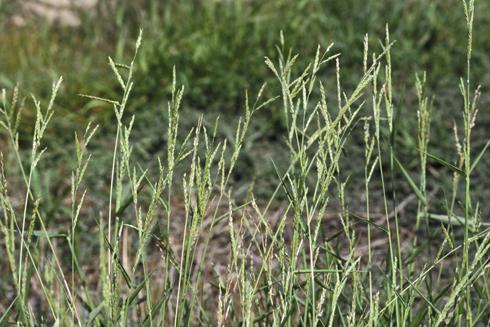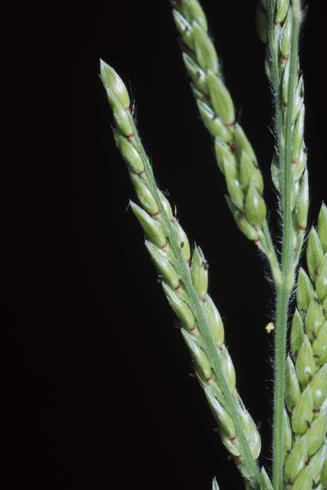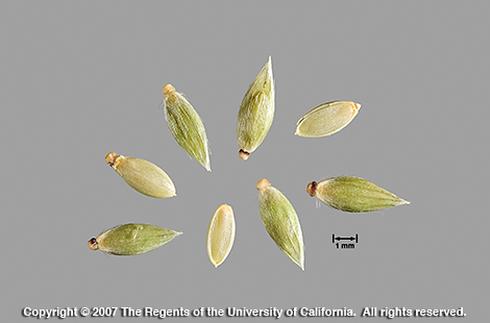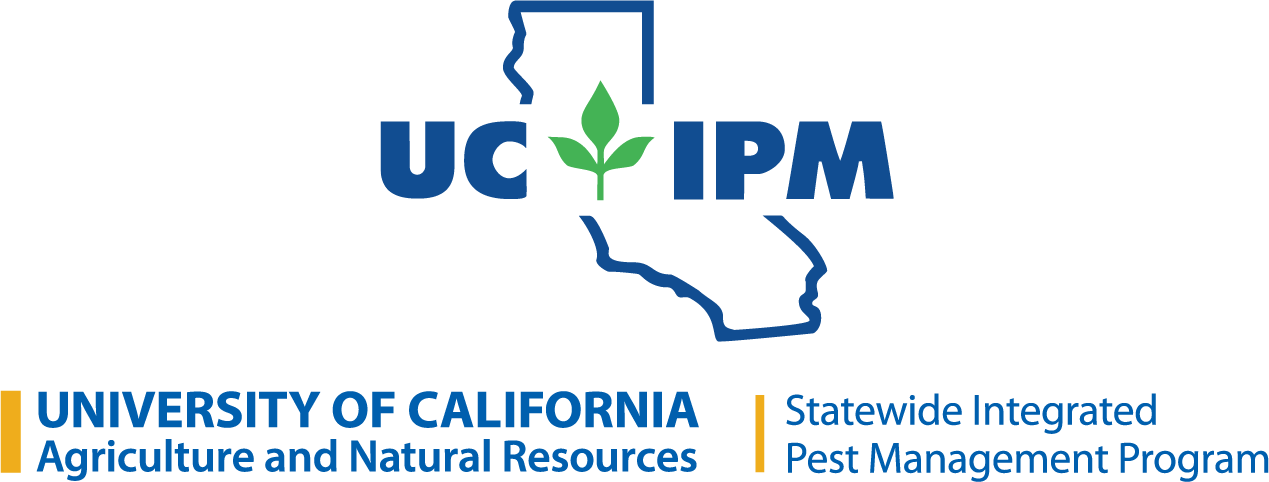Southwestern cupgrass is a summer annual native grass that usually requires soil disturbance to establish. It is generally considered a desirable component of vegetation in natural areas but can get weedy in cultivated conditions, especially irrigated fields such as alfalfa and cotton and other disturbed, moist places. In California, it is found in the San Joaquin Valley, southwestern region, and Sonoran Desert to 660 feet (200 m) in elevation. Its seeds germinate beginning in early spring and the plant matures from June through August, producing an abundance of seed. Southwestern cupgrass can be mistaken for prairie cupgrass or barnyardgrass.
Habitat
Orchards, vineyards, agronomic crop fields, and other moist, disturbed sites.
Seedling
Southwestern cupgrass does not have soft hairs on its the leaf blade and leaf sheath as found in the prairie cupgrass, Eriochloa contracta, seedling. The southwestern cupgrass seedling has a ligule that consists of a fringe of hairs, differentiating it from barnyardgrass, which lacks a ligule. In addition, southwestern cupgrass stems are rounded and have no purpling whereas barnyardgrass stems are flattened and may be purple tinged.
Mature Plant
Southwestern cupgrass can reach almost 4 feet (1.2 m) in height with several stems growing from the base. The stems grow upright to prostrate with upright stem tips. Leaf blades are smooth, flat, and about 1/5 to 2/5 of an inch (0.5–1 cm) wide, and about 1-1/2 to 10 inches (4–25 cm) long. Unlike prairie cupgrass, which is usually moderate to densely hairy, southwestern cupgrass is hairless to sparsely hairy.

Collar Region
The ligule is longer and more prominent than that of praire cupgrass.
Flowers
Flowering takes place from June through November. The branching flower head ranges from 2 to 10 inches (5–25 cm) long. Greenish or purplish spikelets are arranged in two rows along one side of a narrow, hairy axis. Each spikelet has a dark, cuplike structure at the base, hence, its common name.


Fruits
The yellowish grain is oval, flat on one side, rounded on the other with a sharp point at the tip.

Reproduction
Reproduces by seed.
